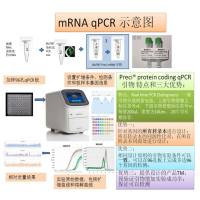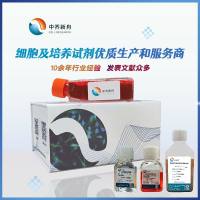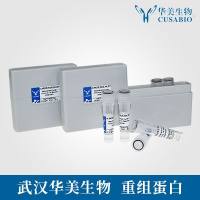a Inhibition per cycle (IPC ) compared in suspension GIA and static GIA for two inhibitory antibodies. One set of GIA data (from four 48-well plates, two-cycle cultures, 6% Hct, 0.5 (anti-A) or 1 (anti-B) mg/mL IgG, 150 mL per well) were analyzed by Eq. 3b , IPC = 100% � [1 –(PTF /PCF )1/2 ], where PTF is the final parasitemia in the presence of test antibody and PCF is the final parasitemia in the presence of control antibody. Parasitemias (infected erythrocytes per 100 erythrocytes) were determined by UV flow cytometry of 40,000 Hoechst dye 33342-stained erythrocytes. Initial parasitemias for FVO and 3D7 were 0.04% and 0.02% schizonts, respectively. In the suspension cultures the final control parasitemias for FVO and 3D7 were about 1.6% and 5.3% ring forms, respectively (some variation depending on the source of the control antibody), and in the static cultures the final control parasitemias were about 0.65% and 0.77%, respectively. Standard errors of the mean for the final parasitemias in triplicate wells averaged 0.03% for all but the static 3D7 GIA, which average 0.08%. An inhibition of 52% per cycle corresponded to an inhibition of 77% for the entire GIA. Inhibitions in bold were considered significant and were associated with a p < 0.05 in a two-tailed Students’ t -test when comparing the final parasitemias in the triplicate wells with the test antibody to those with the control antibody. A negative number indicates stimulation— an increased final parasitemia in test compared with control wells. Interpretation : Apparently anti-A inhibited by a mechanism that was as effective, or more, in suspension cultures as it was in static cultures, but was relatively isolate specific. By contrast, anti-B inhibited both isolates about equally well, but inhibited by a mechanism that was effective in the static cultures only.









